At New York Comic Con 2019, Todd McFarlane officially broke a big record. His creator owned series, Spawn, one of the first titles to launch from Image Comics, was named the longest running creator owned comic book series by the Guinness Book of World Records. Shortly after NYCC, on the day of the record breaking issue of Spawn’s launch, I had the chance to sit down with Todd for a phone call where Todd had a lot to say on what that record means to him, the constant reboots and relaunches from his corporate competitors, and his advice to anyone thinking about coming after this record.
BILLY HENEHAN: First off, what’s your advice for people looking for a Guinness World Record of their own?
TODD MCFARLANE: I tell people, there are a lot of records out there. You don’t need this one. You’ll look through the Guinness book, find one and say, “So I can do that in a day. It only took me a day.” My guess is I’m going to make this such a silly stupid record that people say “Let the old man have it. There’s a thousand other records we can go chase.”
Billy: I absolutely loved during your Guinness panel at NYCC when you pointed out to people, “What, you think you’re going to go for 301? Well guess what, I’ve got a 27 year head start on you. I’ll be at 500 by then!”
Todd: It’s true! It’s true! Even if I slack off, I’ll still be 150 ahead. I have a 27 year jump on people. I’m healthy; it’s not like I’m out of shape. And I’ve got the enthusiasm. Every month I’m going to just keep pushing it. I’m hoping I can make it an unobtainable record because 300 was once a mountaintop that people couldn’t think of. Now you’ve got another mad man, another Canadian, who is going to push that record even higher. Game on. It’s a marathon and I’m only halfway through.
Billy: You tend to mentions marathon a lot. Are you a runner?
Todd: I’m an athlete. I play sports, so I use a lot of sports metaphors. The record, Dave Sim was Lou Gehrig’s 2100 game streak. Hopefully I’ll be Cal Ripken. He passed it by 500 games, added 3 more years to that streak. Who’s going to play 17 years and never miss a game in baseball? It doesn’t make any sense anymore. Most people don’t even play 17 years, let alone every single game. Here’s why a marathon is apropos. I’ve run a half marathon. It takes a mindset to run 26 miles, and it takes energy, and it takes determination and stamina. And it takes good health. You need all of that to run 26. If you’ve got bad knees and bad ankles, you can’t do it. There is a lot that goes into it. For me, I go “Okay, if anyone wants to do 100, 200, 300 of their own book, it’s not easy.” Ask Dave Sim. Ask Todd McFarlane. Ask Erik Larsen. Ask Robert Kirkman. Hopefully in a few more years, you’ll be able to ask Brian K. Vaughn. Ask Wendy and Richard Pini of Elfquest. It’s heavy lifting. There’s fun and there’s joy and there’s accomplishment that goes with it, but there’s also a ton of work. Many people aren’t built for that kind of a journey. Even Robert Kirkman, who had a spectacular run on The Walking Dead. At 193, he started getting tired. He said, “Todd, I told my story. I’m good. I can’t go 100 more issues. That’s not in the card.” Even someone who did 193 is still 100 short of 300 and 300 can become 400 from my perspective.
Billy: 300 is already in your rearview mirror.
Todd: My life is about being competitive, about doing certain things, and at the same time, set some examples to people to say “Hey, you can do this and that, because there are people in this world who have done it. So maybe it’s possible if I have an idea or a dream, I can attempt it, because I’ve seen people succeed.” If you’ve got the mindset, you can do it. At least you can try. I’m not saying you’ll succeed, but you can try. My frustration is with people who don’t try. As a competitive guy, fighting every day is so natural to my DNA that it’s hard for me to imagine that people don’t want to fight. But I understand now that there are personality traits that we are all born with that I have to accept.
Billy: I love the metaphor. And the funny thing is, anyone going for your record is training for a marathon, but meanwhile you’re running an ultramarathon. They’re training for 26.2 and you’re doing a 50 miler.
Todd McFarlane: What I’ve also said is “What if I do get up to 600? 100 issues of your own book is awesome. 125 is awesomer. Anything between 50 and 600 would be a big number for your own book. There aren’t that many books that up to 50, let alone 300. You can count all those titles on your hands. If you do that, you’ll make a mark. If you do 60, 70 issues of your own book, you’ll make a mark.
Billy: I love that in this era of DC and Marvel constantly renumbering, you’re just going through with the big numbers. As a kid who grew up in the 80s, my first issue of X-Men was shortly before issue 200, and it doesn’t seem like X-Men can go past 12 these days.
Todd McFarlane: There was a time when both Marvel and DC renumbered all their books that Spawn was the highest numbered book in the industry. Going back to the running metaphor, Superman and Batman came out in the late 30s. How is a book that started in the 30s, numbering wise, now behind a book that started in 1992? They had a 50, 60 year head start and somehow I passed them. Something went wrong in that equation. When they got out of the way, and they let me have the highest numbered book, not the longest running book, not the most sales, but I get to walk into a room and say “I’ve got the highest numbered book in all of North America.” Why would give that to me? I would never allow my competition that I had a 50 year head start on, that I would allow them to say they have something that I once had. Right? Now they come back and do their Action 1000s and their Spider-Man 600s or whatever they’re doing, and they seem to always want to trip back and do do their #1s. Here’s a reason why I will never ever, never renumber Spawn. First off, if the only reason you buy a book is because there is a #1 on the cover of it, then, and I said this before, I’m probably going to put two numbers on my book. I’m going to put like 307 and in the corner put issue #1, and the next month put 308 and also put issue #1. If the reason you buy the book is because of the artificial number in the corner, it seems like an odd reason to buy that book. You said you picked up X-Men at 196. It didn’t bug you. You probably thought, “Oh darn, I gotta go buy back issues now because I love this book so much.” For me, when I started collecting, I thought books that had a big number were actually more impressive. Because in my mind, and maybe this is my competitive nature, I’m like “Wow, they have weathered all the storms.” 200, 300, 400, 500, because Action Comics and Detective Comics were big when I was a kid. They must be important. They’ve been around a long time. That means there must be something inherently good with it that it survived this long. I didn’t take it as “Oh, I didn’t see the last 300 issues, so I can’t buy it,” which is an absurd argument. If that was true, nobody would listen to any current band’s music unless they had every single album. They wouldn’t go to any sporting event because they haven’t seen every single game of that franchise. And they wouldn’t do any TV watching because they haven’t seen every single episode of Seinfeld when it first came out. Of course people will jump in in the middle of stuff. If they like it, they’ll either continue with it or they’ll try and go and find some of the stuff they missed. But it can’t be the deterrent. If jumping on points are right, then show me the data over the last 20 years that says all those #1s have led to ultra giant sales on the books. It’s not there. It’s the bizarre thing to me. It isn’t there. The data says the #1 reboot will give you a little bit of a blip. You get an outlier for 1 or 2 months of sales and then you see the sales go back to where it was before, or in a lot of cases you see it go even less than what it was before. I get momentary monetary gains; I’m talking about the 10 year graph. It’s still going down. When I worked at Marvel, they used to sell 3, 4, 500,000 copies of Amazing Spider-Man every month. I got the royalty checks; I know. And now if you sell 100,000, you’re lucky. And that’s with movies, toys, everything going with your Spider-Man character. This trick of rebooting and renumbering has eroded 80% of your sales since I was on the book! I’m not saying it’s because of me. There were a lot of books that were selling hundreds and hundreds of thousands. Matter of fact, the royalty used to be if your book didn’t sell 135,000, you didn’t get a royalty. That was the threshold, 135,000. Shoot, a couple of years ago, there were months where there wasn’t one book in our industry that sold 135,000 copies. If all this stuff that these guys who think they’re so wise works, then why isn’t it working? Stop with the silly short term arguments to me and just put out quality books. The reason the books aren’t selling is because there is less people buying comic books. It’s that simple. It has nothing to do with an issue #1. Quality will sell. The second part is the 16 year old Todd who used to collect comic books, used to buy things like the Overstreet Price Guide, remember that? I would look at it and see Fantastic Four, and it would say Fantastic Four #1 through 10, X number of dollars. 20 through 40, X number of dollars. It was very simple. You could see the entire run of Fantastic Four, what the price was, and pay attention to it. And I remember saying, when we starting Spawn, “I want a listing like that for Spawn.” You just go to Spawn. It came out in 1992, and there’s every single issue. You don’t have to go The Spectacular Spawn, and The Underground Spawn and The Airborne Spawn, and then the reboot Spawn. Now you have to put it all together to get the chronological order of all the Spawns that Todd has ever done. Gun to my head today, I do not even know how you would do the chronological numbering month after month, I’m talking calendar wise, of Fantastic Four or Amazing Spider-Man. I’m sure it’s doable. But someone way smarter than me would have to tell me how it works. Because it started and stopped so many times, I would have to cross reference which year, which month. I would be like “Oh, this is the one that would have been issue 388, but it’s now this. And this would have been issue #399, but it’s not that.” Stop it! Just make it #388. God bless them. God bless them.
Billy: I agree with you 100% on that. I honestly think if Marvel could have it their way, they would print 99 #1s and a #100, and then another 99 #1s and then a #200.
Todd McFarlane: Yes, I think so. I agree.
Billy: I feel for fans going into a comic book store looking for back issues trying to figure out if this Spider-Man #2 lines up to this Spider-Man #3, or if they are two completely different series.
Todd McFarlane: Right! You’re reading #6. You go into the back issues and get #5. Shit, are you kidding me? There are 19 #5s! You don’t even have the right #5. If you want the previous issue, you could go wrong 16, 17 different times. Even if you could, and you’re up to issue #21, and you say “Hey, I went and bought some back issues. I’ve got them all. I’ve got all 21.” That’s awesome. But there used to be 500! Look, the first issue I ever bought of Amazing Spider-Man was #167. I have clarity of what issue it was. I can show you the cover. I had grandeur as a kid to say “Wouldn’t it be cool to get the 166 before this?” Not 12, not 8, not 21. 166. I never did, but I had these grand illusions. So why are you trying to figure out how not to get people to buy back issues? How not to sell more trade paperbacks. Like I said, God bless them. They do these goofy things and make Spawn and myself relevant after all these years. Shame on them. Shame on them. Christ, when I was a young kid, that’d be the day. The day I let a 50 year old man show me up. Shoot.
Billy: Speaking of keeping Spawn relevant, reading 300 and 301, I felt like I was 15 again. This was the same level of energy that was in issue #1.
Todd McFarlane: Yeah, the tsunami is coming. All the guys are on the book. We’re doing good old fashioned comic books for the new readers. Do you remember all the things we used to like when we were 16, 17? We’re going to put all those in the book. Let’s do it. Let’s just do some cool stuff that each one of us enjoyed when we got into comic books. That’s what I want to put into these issues here. Hopefully we can keep some of these people going into 302. We’ll deliver them some fun. Oh and by the way, the Spawn-verse is about to come. Let’s go. Let’s broaden the horizons of what we do. Maybe I can excite a couple of other artists and writers who will come on and help keep the mythology and legacy of Spawn going.
Billy: he way 301 went, I said, “Oh man, I need to know what happens next.” Are you going to keep this rotating team of artists on?
Todd McFarlane: If you look at the history of Spawn, it was Greg and I until issue 100. Then it was Angel Medina came on. He did almost to 150. Then a handful of artists, Szymon Kudranski did from 201 to 250. I’m quite proud that there has been stability in the book. Starting with 302, Jason is going to do 15 pages and I’m going to do 5. Just to stay on the book. I’d like to do these story arcs and then go and get an artist who normally wouldn’t do 10 issues, 20 issues of a book. But I’m going to see if I can talk a couple of them into it. “Come on, give me two issues. Give me three. Give me four. I understand you’re busy. The readers would just love it if you could do a cool story arc. And see if could do an all-star lineup over the course of a year, where people say, “Oh my gosh. Oh my gosh, they got that guy and that guy or that gal. The four or five top artists. And people go “Woooooow, the level of people coming in and doing Spawn is pretty awesome. If I’m going to break a little bit away from having one person do 40 issues in a row, then I need to up the game of who the people are doing it artistically. With the momentum of the book right now, I can bribe them and pay them off on both levels, creatively and financially, to get them to do the book.
Billy: It was fascinating to hear you talk about how you bribe people by offering to ink on art board for them and then give them all the pages. That’s genius, right there.
Todd: Again, it’s like, you think you should do it because you’re creatively stoked, but we’re still all human beings, and you have a family when you get older, so you’re thinking, “Time is time. Okay, Todd, I like Spawn, it’s cool. I like you, but I need to make some money.” So I say, “Okay, here, how much do they pay you? I’ll pay you more and I’ll give the pages so that you can sell them, and I’ll give you rights so that you can make some prints, or whatever else, and you’ll make way more in these 15 pages than you ever made doing 50 pages on another book. One of the luxuries of owning my own book is that I can give away as much money as I deem that I want to. I don’t have their overhead. I don’t have a big corporate office. I don’t have 100 employees. I can give a lot of that back to the creative people. Sometimes that’s all it takes. You’ve got a really talented person and they’re sitting on the fence, and I just go, “I’ll beat their price by 50%.” Money’s money. You go, “Okay, I can earn a buck for drawing today, or I can earn two bucks. Alright, I’ll take the two dollars. I’m drawing either way.”
Billy: You have such a great creative mind and such a great business mind too. The longevity of your company and how you’ve branched out into toys really shows that.
Todd McFarlane: What is true, what I learned, is that if you have good people around you, skilled people around you, they make you look good every day. It’s no different in sports. Phil Jackson, during that 7 year span, he didn’t make 1 basket, but he got 6 rings, just like Michael Jordan did. Because he was smart enough to find Michael Jordan and Scottie Pippen and let them do some work. My job is constantly to find my Michael Jordans and let them make me look good. In the end, we’ll both get a ring.
Please come back tomorrow to read Part 2 of my interview with Todd McFarlane, in which Todd McFarlane talks about his love for his fans, comic book conventions and Savage Dragon creator Erik Larsen.



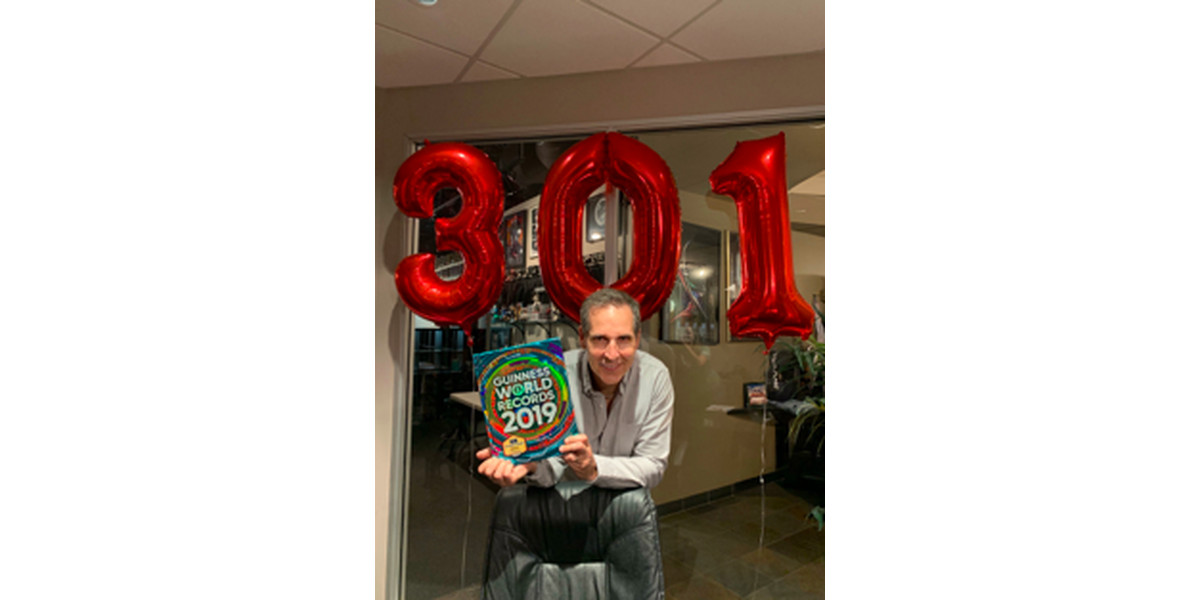
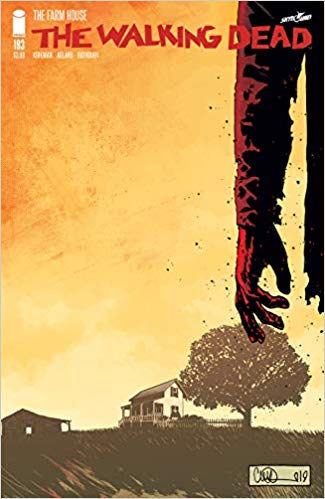
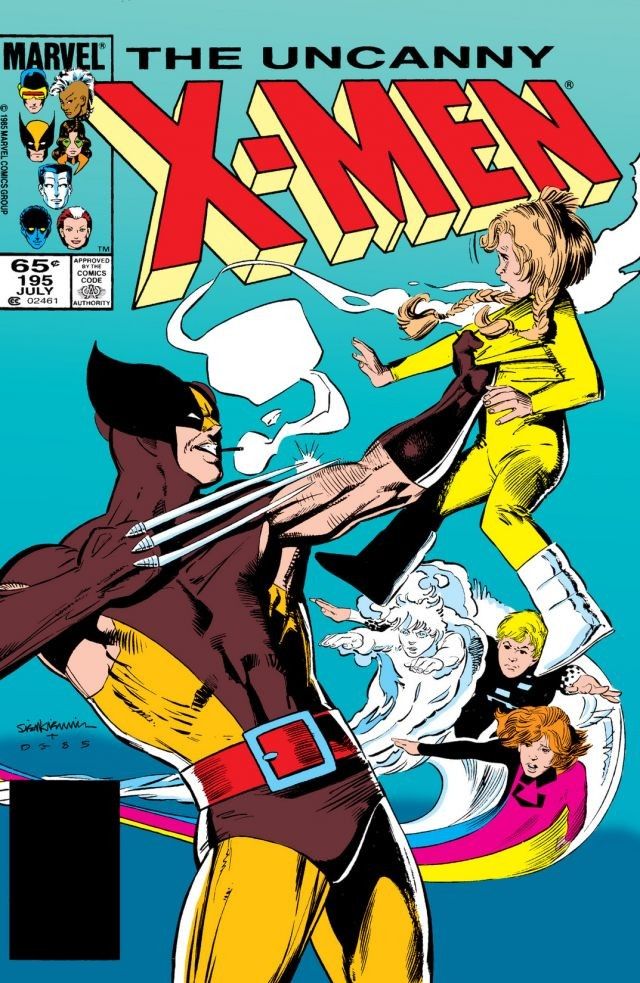
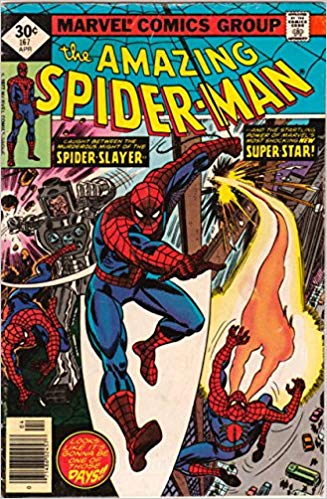
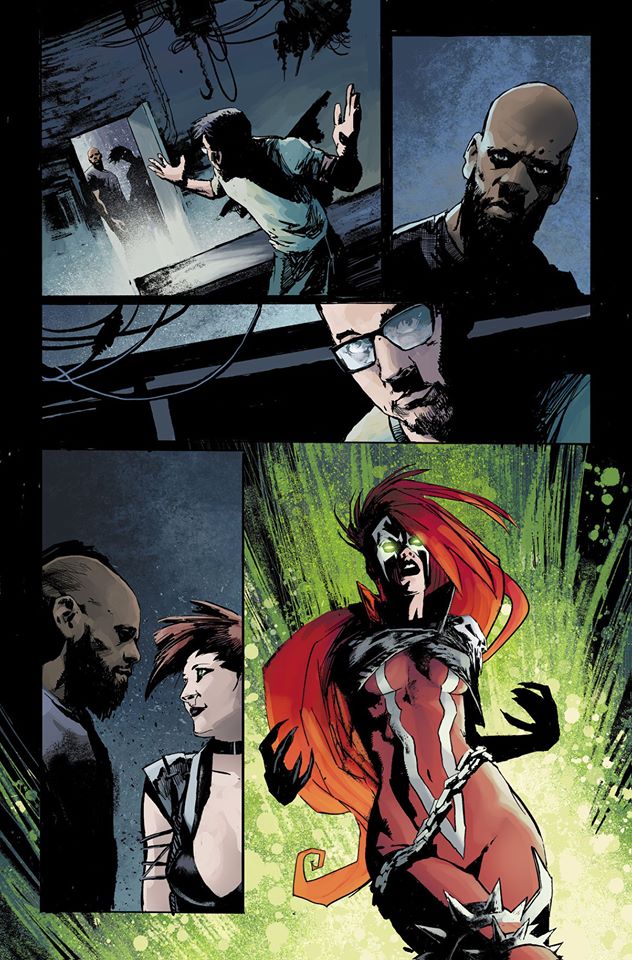
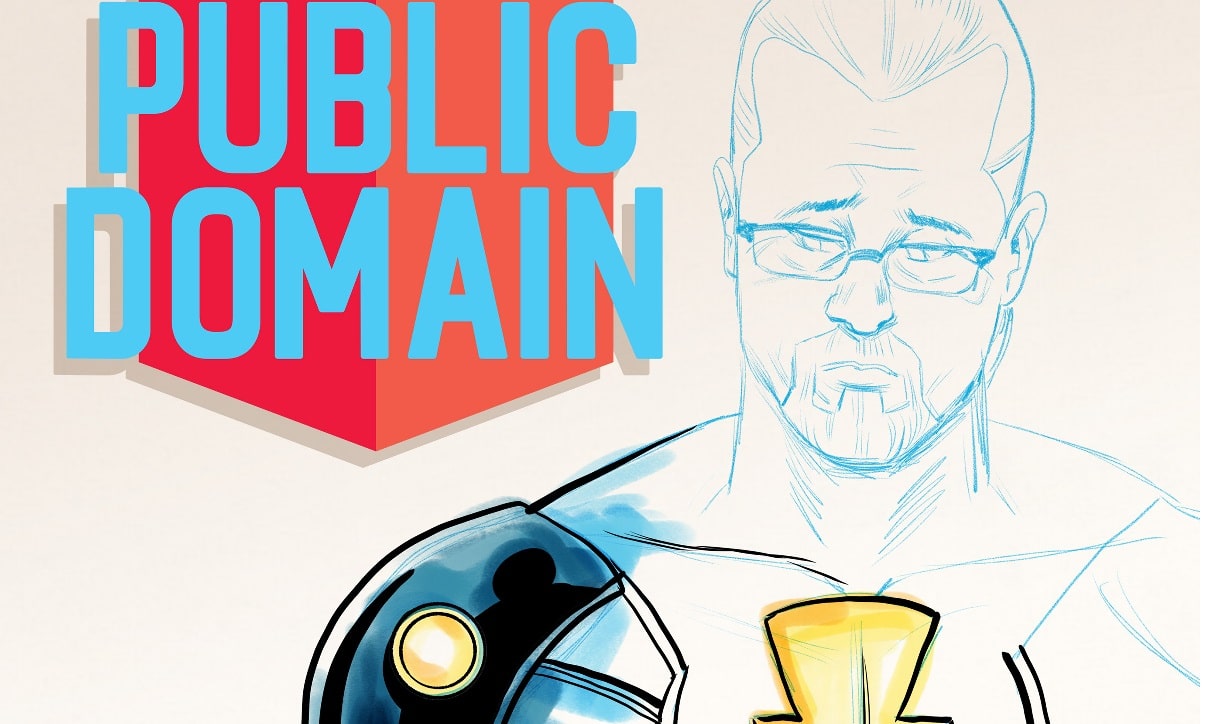

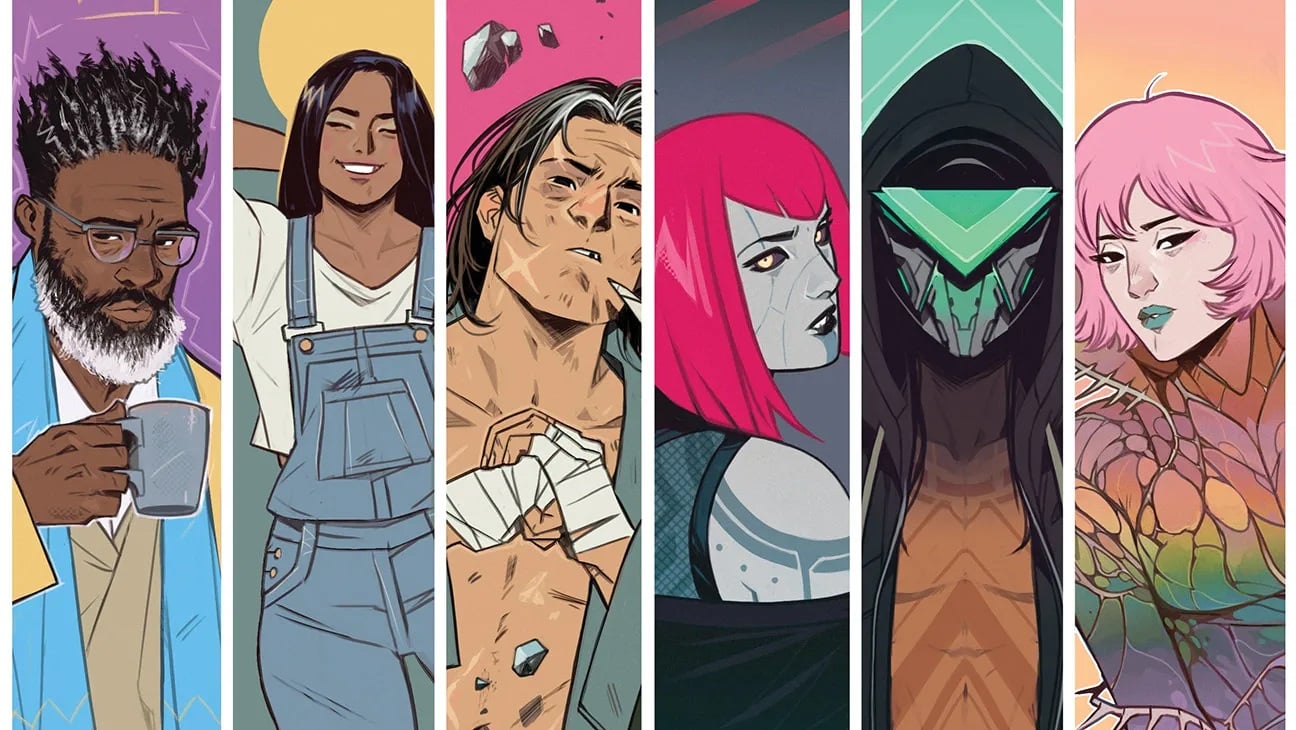



I just finished rearranging the X-Men titles in my store’s backstock. Three series. (No…not any of the other titles; just “X-Men”.)
A bit ironic…the reboot/renumbering at Marvel began with Heroes Reborn.
I mean obviously self aggrandizing on the part of ol Todd, what else is new, but this really pales into comparison on creators who have been writing and drawing their titles for 30 + years. Not some dude with creator credits who pays to have Guiness say yes his shitty comic is still going. Get a life Todd!
Comments are closed.